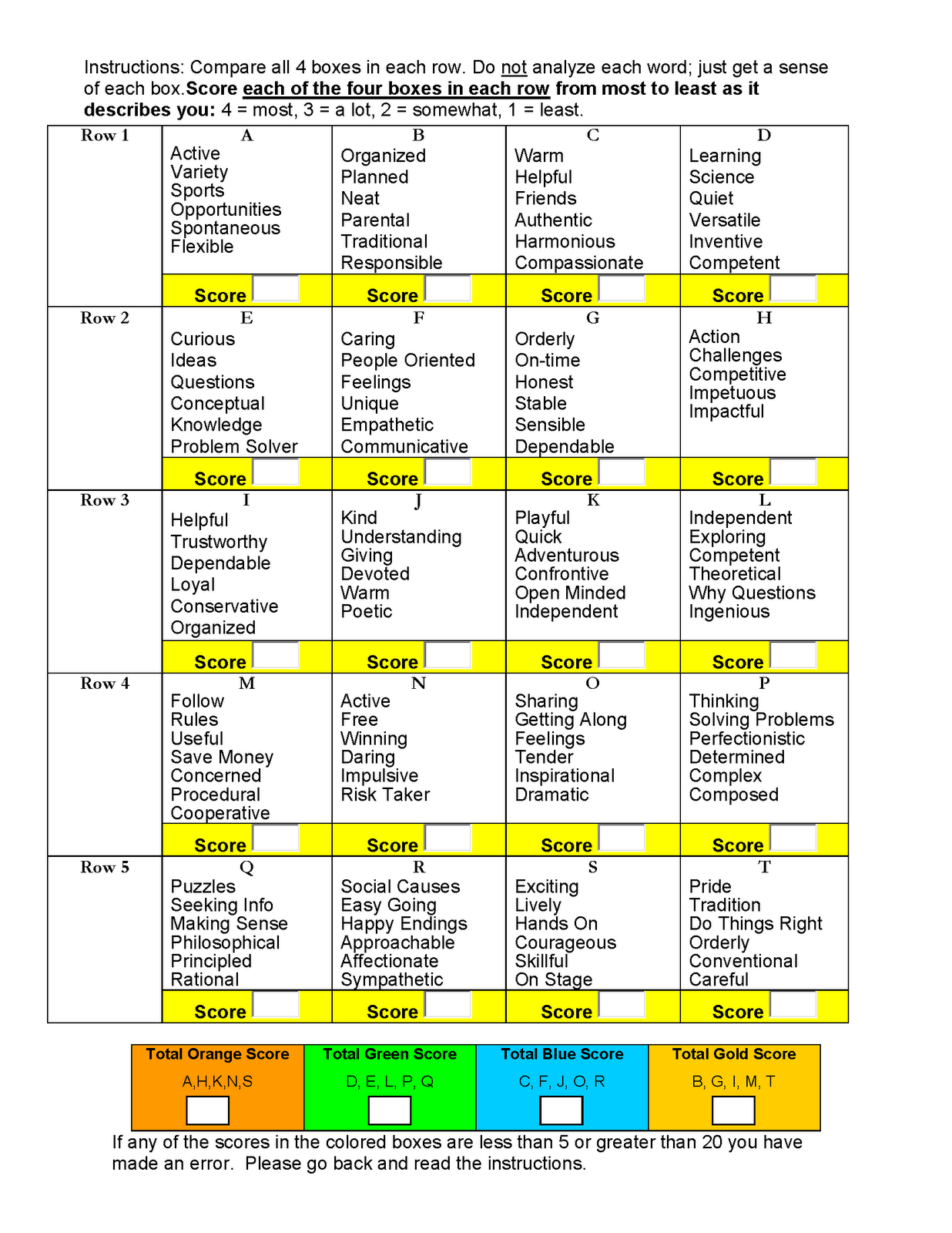

I've tried many of the answers here, and none have been adequate for me. After seeing this thread, I made one and ran it for a while, but then after a few other websites popped up offering the same service I closed mine.) (Edit: There used to be no such websites. The easy way is that if you can't be bothered doing any of the above, you can use some sort of online PDF inverter which will probably just do this for you. (This is really just a more fleshed-out version of Mateen Ulhaq's answer above) bin folder added to your PATH, you should just be able to invert the colours of your PDF by calling something resembling the following from the command-line: gswin64 -o C:/outputfile.pdf -sDEVICE=pdfwrite -c " setcolortransfer line in a separate.


The technical way is that if you have Ghostscript installed and have its. is all it takes.There is an easy way, and a technical way. So a postscript function is the quickest to write. You say the image is black and transparent, so using DeviceGray would be a good choice.Ĭonverting from the separation color (0 is undrawn, 1 is black) to the alternate color space (DeviceGray) is as simple as inverting the value Input of 1, which becomes DeviceGray 0, and input 0 becomes DeviceGray 1. Unless the color you want to draw cannot be expressed in gray scale, I would use the very simple alternate color of device gray. This would be unusual, but I can see it happening. I would not use White as a separation color name, as it can lead to confusion, unless you really are drawing the 1 bits as white, and leaving the zero bits undrawn. I would have expected what you wrote (if it were properly encoded) to display the graphic in cyan and white and to overlay any underlying material.Īdd a Mask attribute to the image, saying that all values between 0 and 0 are to be masked. You missed the image attribute that will tell this to treat zero as transparent, and you made the alternate space for the separation color space a bit more complex than was needed.


 0 kommentar(er)
0 kommentar(er)
